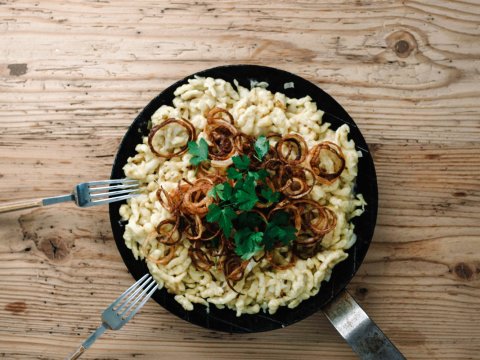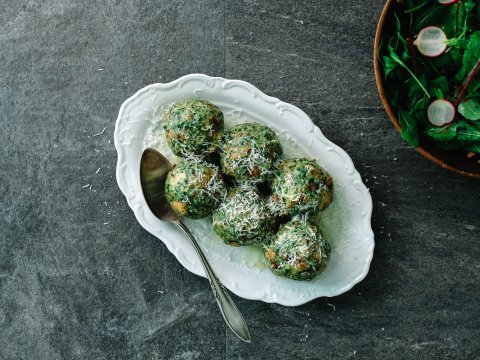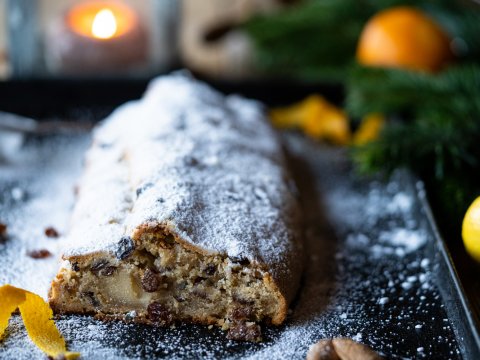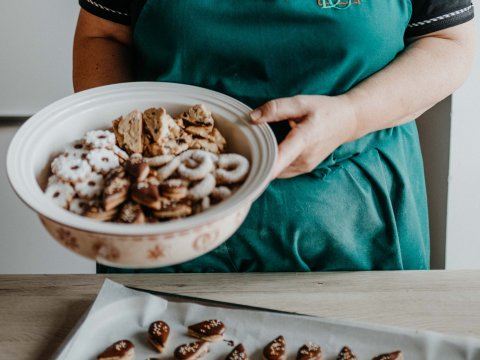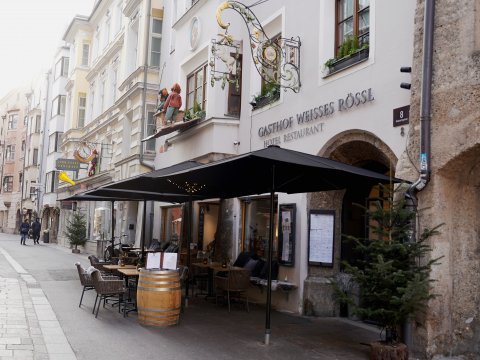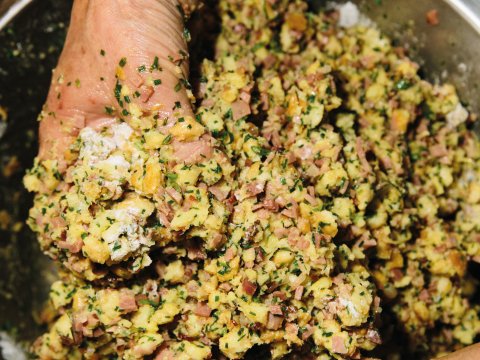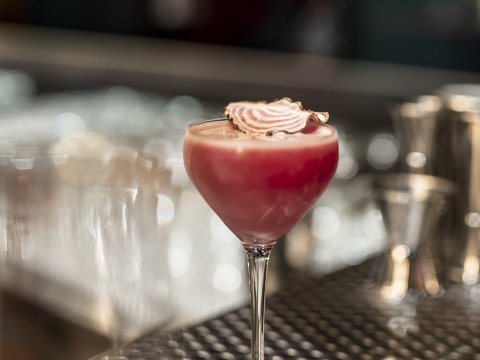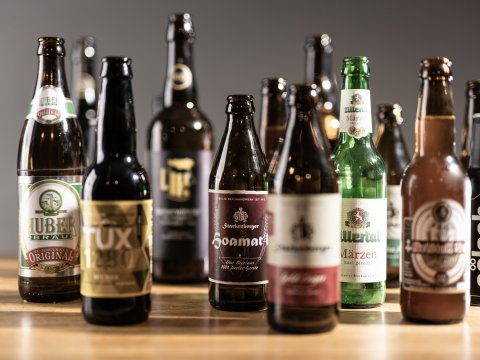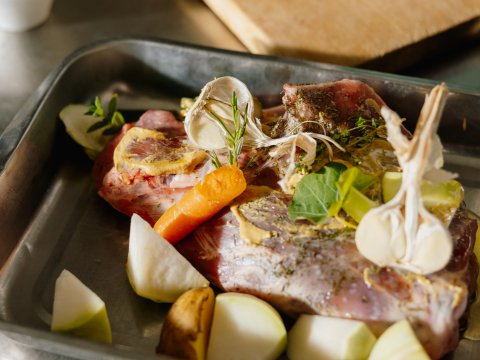The Secrets Behind a World-Class Glass
In the late 1950s, Claus Riedel made a discovery which would change the world of wine forever. The Tirolean native was the first to realise that the size and shape of a glass affect the taste of the wine inside. Armed with this knowledge, he went on to develop specific glasses used today to showcase the world's finest wines.
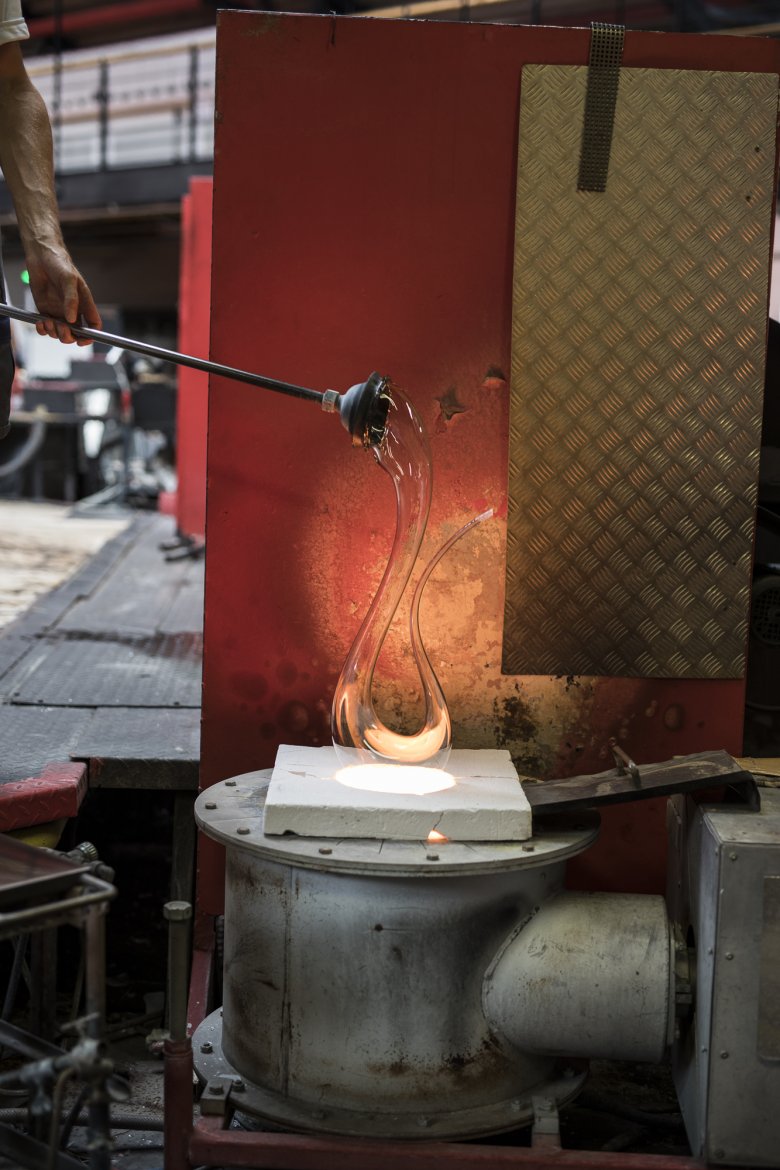
Herr Riedel, your glass company sells a huge range of different glasses for wine. Is it more about style or do they really have an impact on the taste of the wine?
If I were to pour the same wine into two differently shaped glasses in a blind tasting and asked you to smell each one, you would be sure I had given you two different wines.
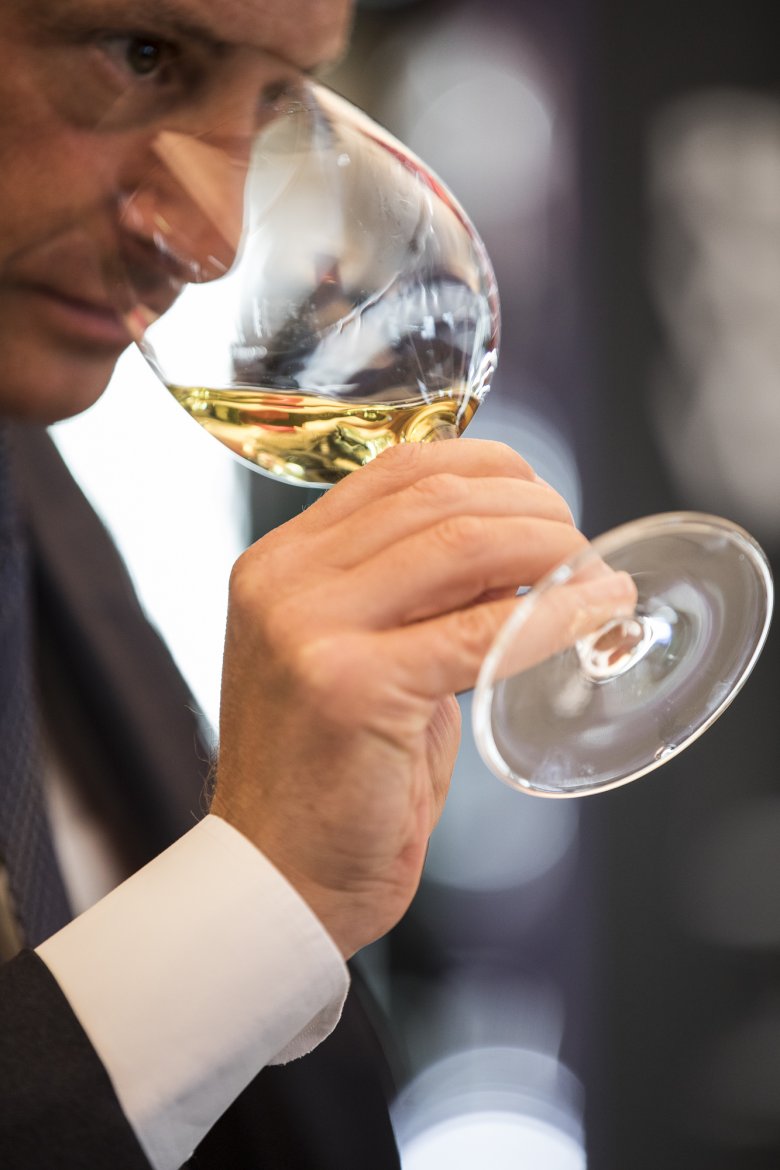
Maximilian Riedel is CEO of Riedel Glas, a family-owned glass company based in Kufstein. He spent many years living in France and the US, where he developed the business from Tirol into an international success story. He also works as a designer and has received several awards for his glass and decanter designs.
It is commonly said that red wine should be served in a large glass and white wine in a smaller one. You have not only different glasses for red and white wine, but also differnt glasses for different types of grapes and barrel-ageing techniques. Why does a Chardonnay left to mature in oak barrels need a different glass than a normal one?
Maximilian Riedel interrupts the interview and puts two paper mats on the table, upon which he places four different glasses. The paper identifies each glass: Oaked Chardonnay, Riesling/Zinfandel, Old World Pinot Noir and Cabernet/ Merlot. He then pours a sip of 2011 Austrian Chardonnay into each glass. It is 10.45 am.
Sorry, but I can't just give you an answer. The best way is to try it yourself. Smell the aroma inside each glass.
The main difference to me is the intensity of the aroma.
This is because the glasses are different sizes and the opening where you drink differs in size with each glass. In the small Riesling glass, the aroma is much more concentrated. In the largest, which is actually for Cabernet or Merlot, you have to have a refined nose to smell anything at all. The bigger the glass, the more room there is for the aroma molecules. That is why larger glasses are used for red wine, because they have hints of tannins and wood.

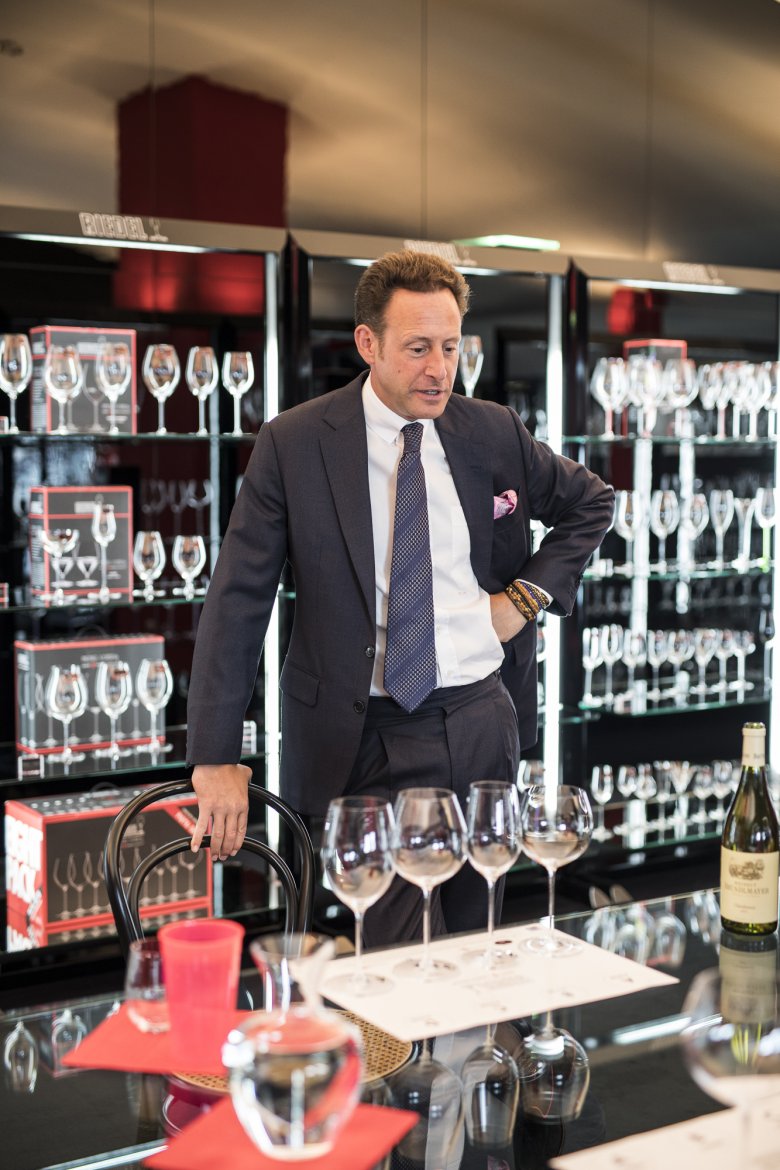
So the more complex the taste of a wine, the bigger the glass?
That's right. That is why the Oaked Chardonnay glass exists. A Chardonnay matured in oak barrels has oak aromas and tannins in addition to the aromas from fruit and yeast. Only red wines have natural tannins, which they get from the skins of the red grapes. Therefore, an Oaked Chardonnay simply needs more space so that the aroma of the wood can also develop. Here, let me show you something.
Maximilian Riedel walks over to the display cabinet and takes out two glasses.
This is the Cabernet glass from the 1980s and 1990s and the other is the current one. Why is the one from today so much bigger? Because of climate change! The higher temperatures increase the sugar content of the grapes, which makes for more alcoholic wines - and alcohol in wine is like fat in meat: a flavour enhancer. Modern wine with more alcohol needs a bigger glass. Have a taste - and as you do so, pay close attention to how you move your head.
I tilt my head back more or less, depending on the size of the glass.
Exactly! With the Chardonnay glass, your head stays in front and you have to create a vacuum to drink because of the shape and the wide rim. That means you suck in the wine. As a result, it has little contact with the tip of the tongue - and that is exactly what a Chardonnay needs.
Why?
Because Chardonnay is low in acidity. The taste buds on the tip of the tongue detect sweetness above all. If a Chardonnay hits the tip of the tongue first, it tastes too creamy, too opulent, too heavy. But with the help of the Chardonnay glass, it hits the centre of the tongue and then rolls off the sides. There you taste salt, bitterness and acidity. The shape of the glass can therefore determine the flow of a wine and thus also its taste. If a grape variety has a lot of acidity, I want your head to go back and your tongue to tip forward. If, on the other hand, it is more fruity, we control the centre of the tongue with the shape of the glass.
The Austrian Chardonnay has now been replaced by a Californian Pinot Noir. Maximilian Riedel – who spent 15 years living on the West Coast of the US – calls it a "fruit bomb" and "his breastmilk".
Now we will taste a red wine that does not come from Europe but from the New World. We have our own glass for that. Why? Pinot Noir is sensitive to climate and soil, which means that the growing region has a huge influence on the taste. That is why we have even developed three different Pinot Noir glasses. The glass for the New World has an outwardly lipped rim, the "acid spoiler". This allows the wine to flow directly and quickly onto the tip of the tongue, reducing the acidity. How do you like it?
This wine tastes fantastic.
Right? Like a cashmere blanket covering your tongue. And now try the same wine from a cabernet/merlot glass. Where is the lightness? Where is the velvety texture? It is a completely different wine! Green, green! Like a stem you suck on. Here you have a wine of which you say: I want to have this at my wedding, I want to have this at my funeral, I want to have this always in my life. But drunk from another glass, it suddenly tastes like cheap rubbish.



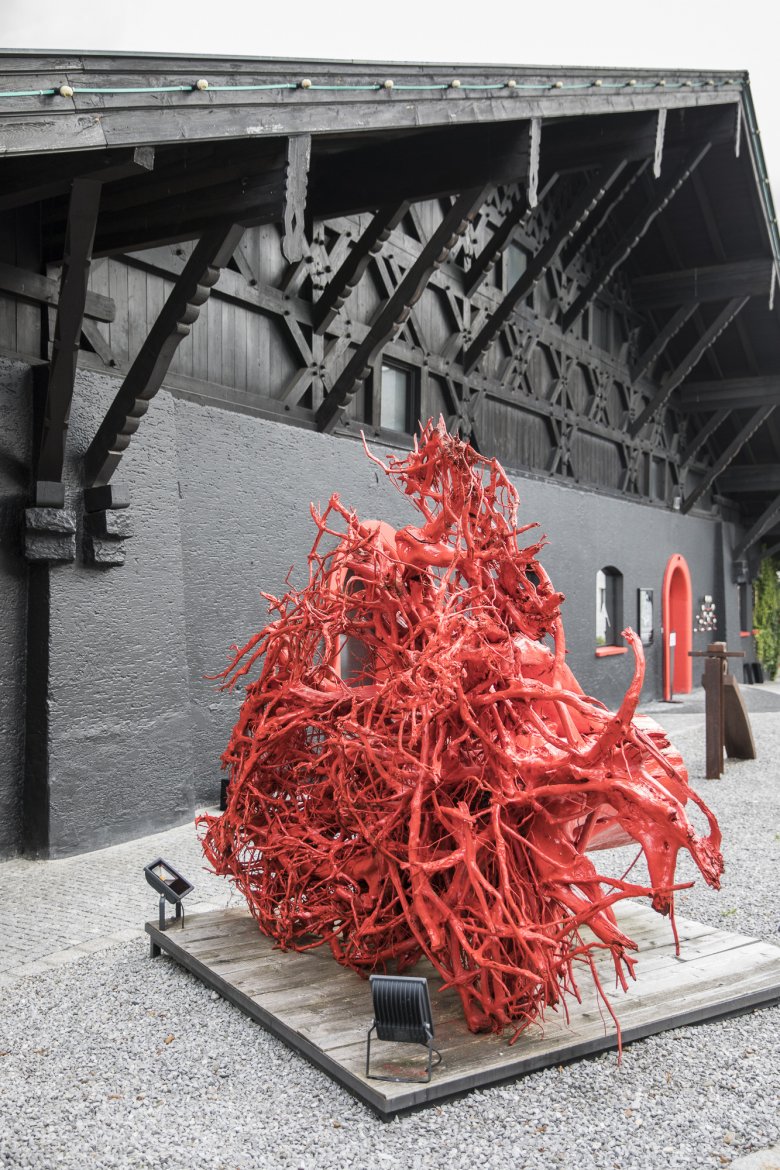
So glass design is about manipulating our sense of taste?
On the contrary. The right glass shape should make the wine taste exactly as the winemaker intended. But a wine only communicates its true character in the right glass. Our range is designed to make a wine accessible to everyone - from wine experts to total novices.









